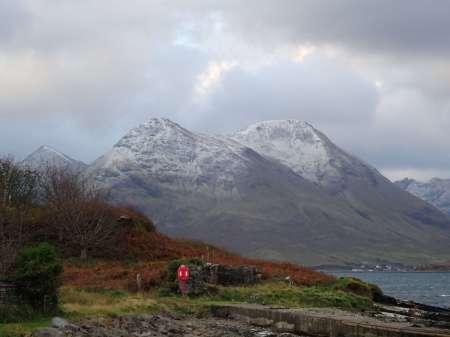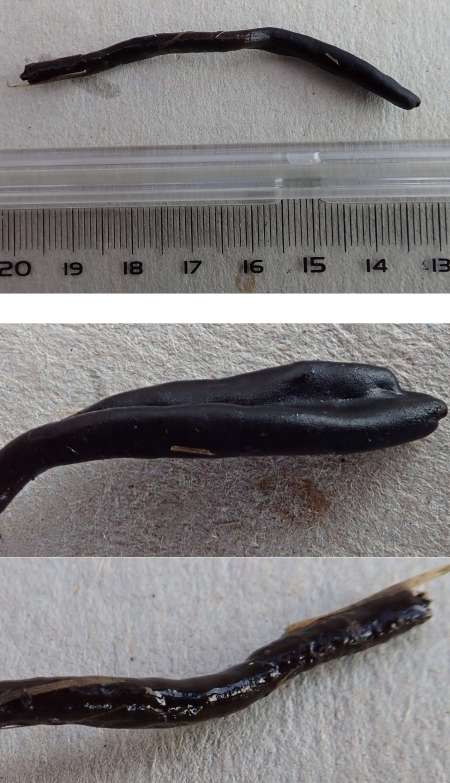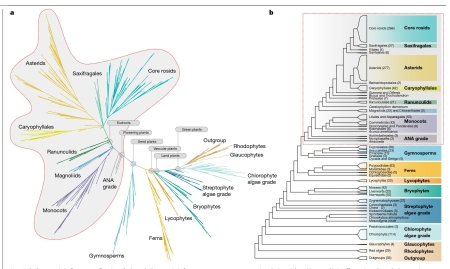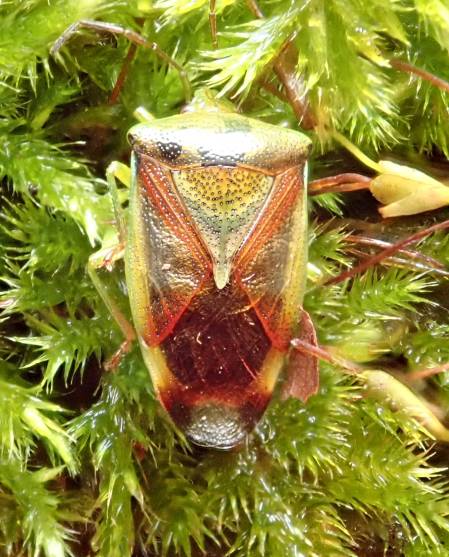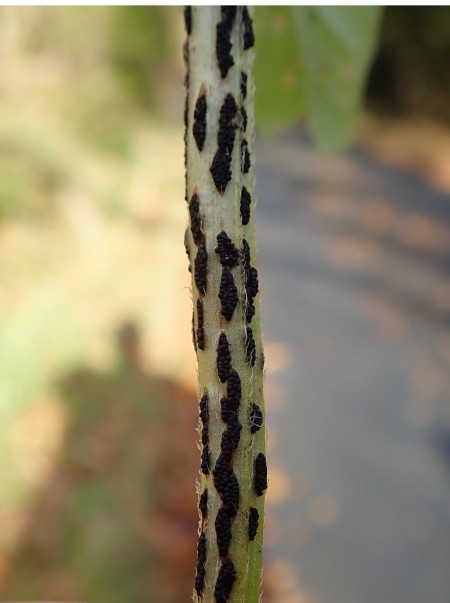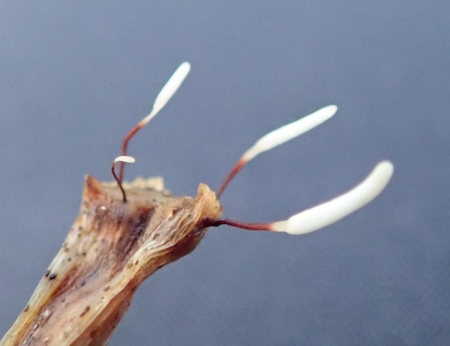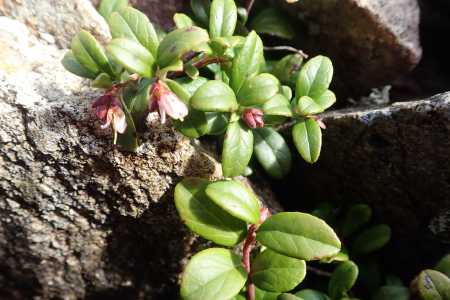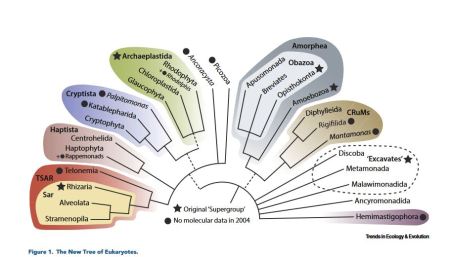I sent 19 specimens from VC104 and two from VC105 to David McCosh who has found them to be of ten different species, though one needs checking.
Hieracium subcrinellum (previously H. crinellum) (Blunt-leaved Hawkweed) is new to both vice-counties and was a late entry for vc104 as I found it in flower in October beside the Allt Daraich near Sligachan.
H. duriceps (Hard-headed Hawkweed) has quite a lot of VC104 records pre-2000 but one from the Geary Ravine is the first since.
H. eucallum (Spreading-toothed Hawkweed) had one pre-2000 record but this is the only more recent one from Skye, though there are two modern records from the Small Isles.
H. hebridense (Hebridean Hawkweed) has scattered records across the patch both pre-2000 and since and accounted for five of the 21 specimens.
H. orcadense (Orkney Hawkweed) is known only from Skye within the VC. This, from the Caladale Burn is the third modern site.
H. reticulatiforme (Reticulate-leaved Hawkweed) from Talisker Bay needs confirmation as all the flowers had gone to seed in the press and without knowing the style colour it cannot be distinguished with certainty from H. strictiforme (Strict Hawkweed). If correct, it will be the second ever record for the vice-county, the first being in 1968 when different taxonomy held sway for this genus.
A plant from Dunvegan was determined as Hieracium cf. scotostictum (Dappled Hawkweed) i.e close but not an exact match for the currently understood species. H. scotostictum has only a handful of records in Scotland.
H. sparsifolium (Sparse-leaved Hawkweed) from an area to the west of Tormore is the first modern record.
H. sublasiophyllum (Slender-bracted Hawkweed) from Abhainn Gremiscaig is the first for Skye and the second for the VC as there is a 1986 record for Eigg.
H. triviale (previously H. vulgatum) (Common Hawkweed) is quite widespread and accounted for seven of the 21 specimens.
Seth has three specimens from Skye this year that have yet to be determined and I have a report of a spotty-leaved plant that may be a Hieracium from Sgùrr nan Gilean which, like the putative H. reticulatiforme, needs to be checked next year. Just at the moment I am feeling quite enthused about hawkweeds so maybe next year I will spend more time on them.
